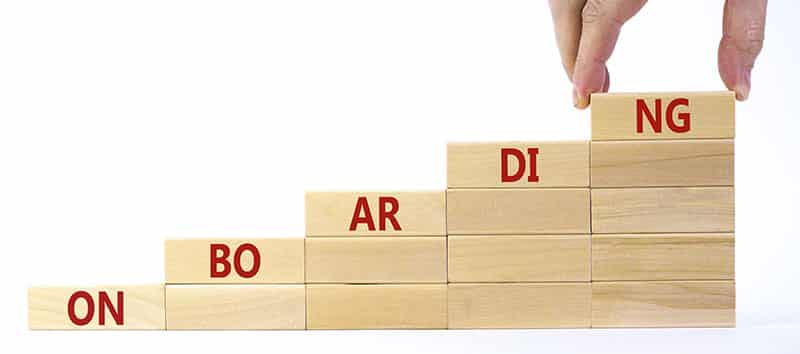
Personality is Stable but Context is Not
Many people may be surprised to learn that the use of psychological assessments in an organizational setting can largely be credited to the United States military. It was During World War II, when the military wanted to be more intentional when deciding which soldiers would, or would not, fill certain important or complex duties. With this goal in mind, the military went about trying to discern what traits or characteristics would be required of individuals filling those roles and then quickly turned to psychological assessments to better identify soldiers they believed had the necessary characteristics.
In the many years that have passed since that time, the tools and processes related to assessing personality and behavioral styles and how this can be used to help inform selection decisions have improved greatly while the original purpose remains the same – how can we better discern who will or will not be a good fit for a particular role or job?
However, given what we know about the general complexities of business in today’s world and the workplace behavior necessary to navigate these complexities, we strongly believe that valid personality and behavioral style assessments can bring significant value to both employees and organizations beyond just assisting with selection decisions.
Below are just a few examples of ways behavioral assessments can be leveraged over and above supporting employee selection decisions.

Employee Onboarding
Considering the amount of diligence involved in understanding an individual well enough to decide if they would be a good fit for the organization and for the role, it only seems logical to leverage that same data to support a successful transition and assimilation process once such a decision is made. For example, this would be an ideal time to better understand an individual’s personality style relative to that of their manager (and vice versa). Doing so in conjunction with targeted conversations with the manager can help to ensure the reporting relationship gets off to a strong start, better ensures each person is “reading” the other correctly, and better allows each to understand how best to communicate and engage with the other in service of role execution.

Team Construction
While there are many elements that are necessary to build high performing teams, one of the foundational steps in the process is making decisions on who to bring onto that team and how the team is to be constructed. What “kind” of a team is needed for a particular situation will necessarily influence who is brought in to join the team. Be it a project team or a leadership team, it is important to understand how the strengths, characteristics, and weaknesses of each member of the team will support or undermine their ability to be effective as a team. For example, regardless of how well aligned the team is around the goal they are pursuing, too many “leaders” with too few “followers” may slow execution toward that goal. Therefore, with the availability of personality and behavioral style data for potential team members, those looking to assemble teams can do so with an understanding of what characteristics are needed from a team, and in what doses, and who among the employees represents that ideal mix.
Professional Development
Effective leaders always have one eye oriented toward growing and developing their teams. Those who do not will end up losing strong talent or will build teams that underperform relative to their true potential. Neither are desired outcomes. With the benefit of personality-based data, in addition to the established professional and performance-based data, leaders are ideally positioned to help their teams engage in mini “gap analyses” as it relates to their advancement or development within the organization. For example, consider the individual contributor who wants to become a people manager. Does this individual have the temperament, the personality characteristics, or the behavioral style that will be necessary to support effectiveness in a people manager role compared to what is required of them in an individual contributor role? If not, where might the gaps be and how might we support development as needed to close those gaps. Likewise, what strengths would an individual bring to such a role elevation and how might we continue to reinforce those to ensure readiness when the time comes. Conducting a mini gap-analysis around the characteristics an individual has relative to the characteristics an individual may need in different roles allows for a sharper focus around professional development efforts. This, in turn, increases potential impact and return on investment of any efforts made.

These are just a few examples of how assessments can be more fully utilized beyond just making a decision to hire somebody or not. Valid personality assessments provide a significant amount of rich data on each person who participates in the assessment. This data allows one to gain a much deeper understanding of the individual which, in turn, allows one to be better positioned to anticipate what may be seen from the individual in different settings or contexts. Therefore, it is important for organizations to remember how valuable it is to not just look at the data once and be done with it. Rather, reference the data on an ongoing basis. While most of our personalities will not change significantly over time and thus, the data will remain steady, the lens through which we view that data will change. Therefore, failing to reference strong assessment data for your employees, across the breadth of the employee lifecycle is “leaving money on the table” relative to efforts to drive strong talent and organizational effectiveness.
